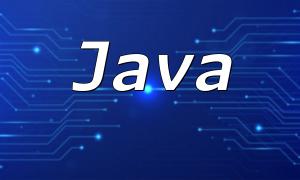Before using the PECL tool, you need to install the php-pear package. You can install it with the following command:
apt-get install php-pear
After installation, both the PECL tool and its dependency, the pear tool, will be installed and added to the system's environment variables. You can check if the installation was successful with the following command:
pecl version
If you see the version information of PECL, the installation was successful.
Using PECL to install PHP extensions is straightforward. Simply use the following command:
pecl install extension_name
For example, to install the Redis extension, use this command:
pecl install redis
During installation, the system may prompt you to configure the extension. If configuration is required, enter “yes”; otherwise, enter “no”.
If you need to uninstall an already installed extension, you can use the following command:
pecl uninstall extension_name
For example, to uninstall the Redis extension, use this command:
pecl uninstall redis
To list all the extensions currently installed on your system, use the following command:
pecl list
This command will display all the PHP extensions that are currently installed.
If you need to update an installed extension, you can use the following command:
pecl upgrade extension_name
For example, to update the Redis extension, use this command:
pecl upgrade redis
If you're not sure about the name of an extension, you can search for it using PECL:
pecl search extension_name
For example, to search for extensions related to memcached, use this command:
pecl search memcached
This article provides a detailed overview of how to use the PECL tool, including how to install, uninstall, update, list, and search for extensions. With PECL, developers can easily manage PHP extensions and improve their development efficiency.









